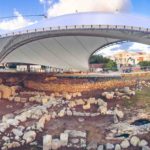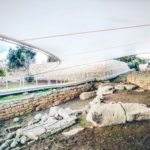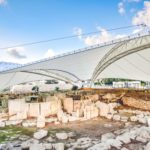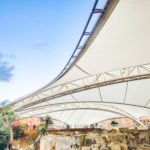Company:
Taiyo Europe GmbH Sauerlach,
Project Details
Fabric 1
PTFE
Producer:
Supplier:
Verseidag-Indutex GmbH
Engineer Name 1
Hrvoje Petrovic
Engineer Company 1
Taiyo Europe GmbH
Design Company
Maffeis Engineering
Architect Company
TBA Periti
Fabrication Company
Flontex
Subcontractor Company
Steelconcept
Project Manager Name
Alice Heyland
Project Manager Company
Taiyo Europe GmbH
Installation Company
Taiyo Europe GmbH
Please describe the project specifications
The Tarxien Temples were built between 3600 - 2500 BC and the ancient structures are considered part of Malta's cultural heritage. The megalithic temples needed a protective shelter against natural erosion (rain, water, dust). Our approach was based on the original design, which was a lattice configuration, but we opted for a lightweight fabric structure using PTFE coated fiber glass as fabric. The large PTFE fabrics and the reduced steel structure greatly increases the amount of light transmission at the site. Two main space frames crossed the area and a cable net structure was built as a secondary structure (tension and boundary cables). Using this cable net structure, single PTFE panels were pre-tesioned and connected to the cables. Approximately 3000 sqm fabric covers the temple area completely and the fabric structure itself has been designed to coordinate with the visitor walkways around the temple and the inner passages inside temple area. Fabric structure, fabric color, steel and infrastructure parts were all chosen to harmonize seamlessly with this environment.
What was the purpose of this project? What did the client request?
Each monument is a unique architectural masterpiece, so the physical protection of these temples was very important for the client in order to slow down the process of deterioration.
What is unique or complex about the project?
This was a site that is protected by the UNESCO, so Taiyo Europe had to work with extra caution to ensure we didn't come into contact with any of the temples. Boom lifts were out of the question: The two arched steel trusses which sustain the PTFE membrane had to be erected at the same time using a crane and the PTFE membrane was installed by climbers. Not one screw was allowed to touch the ground. This was the biggest challenge of the project.
What were the results of the project?
The client, "Malta Heritage", is very satisfied with the performance of the fabric roof. The result was a high quality fabric roof with a brilliant interaction between temples, environment, steel structure, structural cables and PTFE fabric. The PTFE roof was built under the budget that was planned for the original lattice structure. The temples flood occasionally which disrupts the enjoyment of the visitors so the PTFE roof was the perfect solution. The Temples and visitors are now sheltered from all weather conditions and the heritage site is much more effectively protected from erosion.
Content is submitted by the participant. ATA is not responsible for the content descriptions of the IAA award winners.

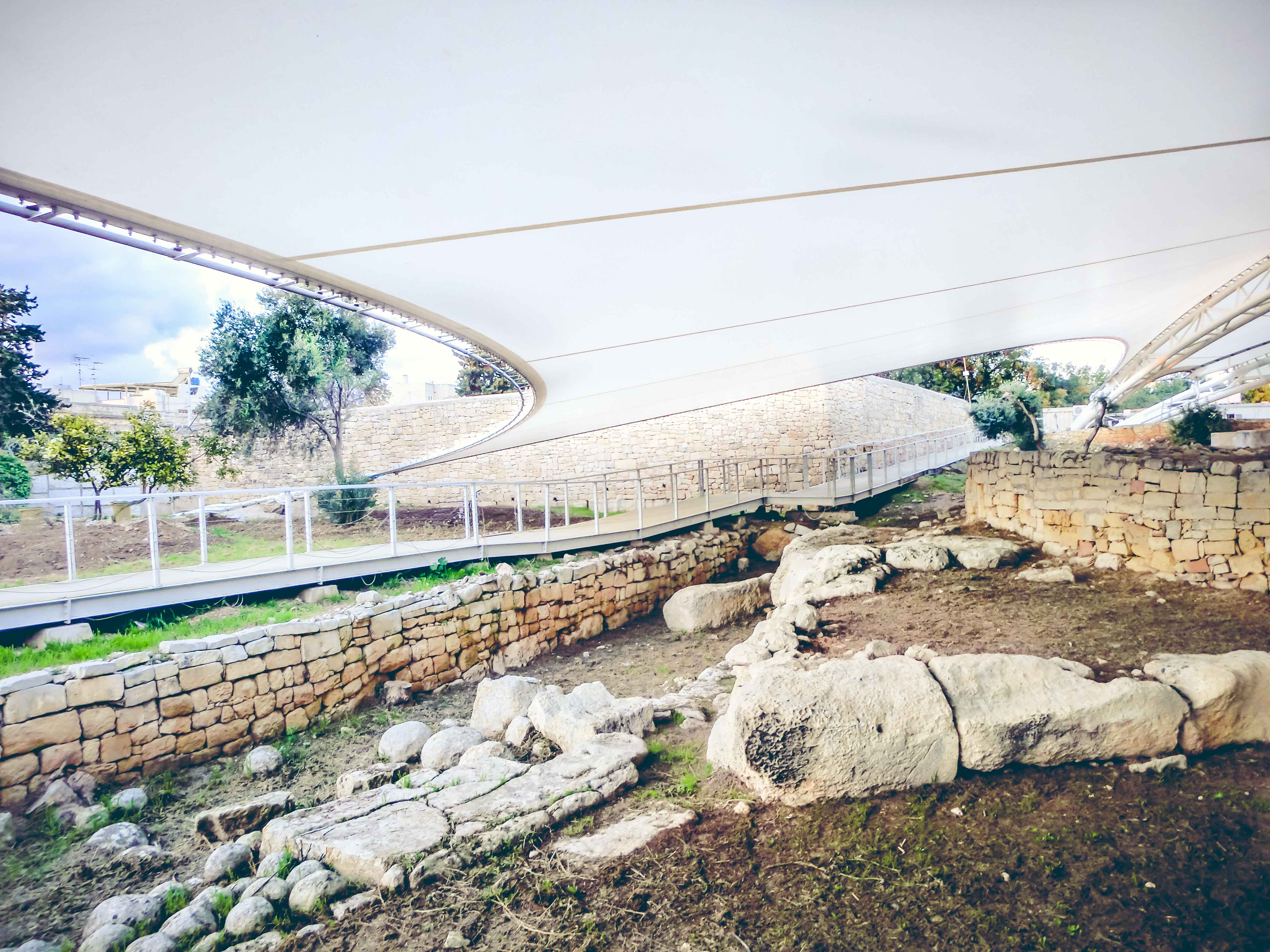
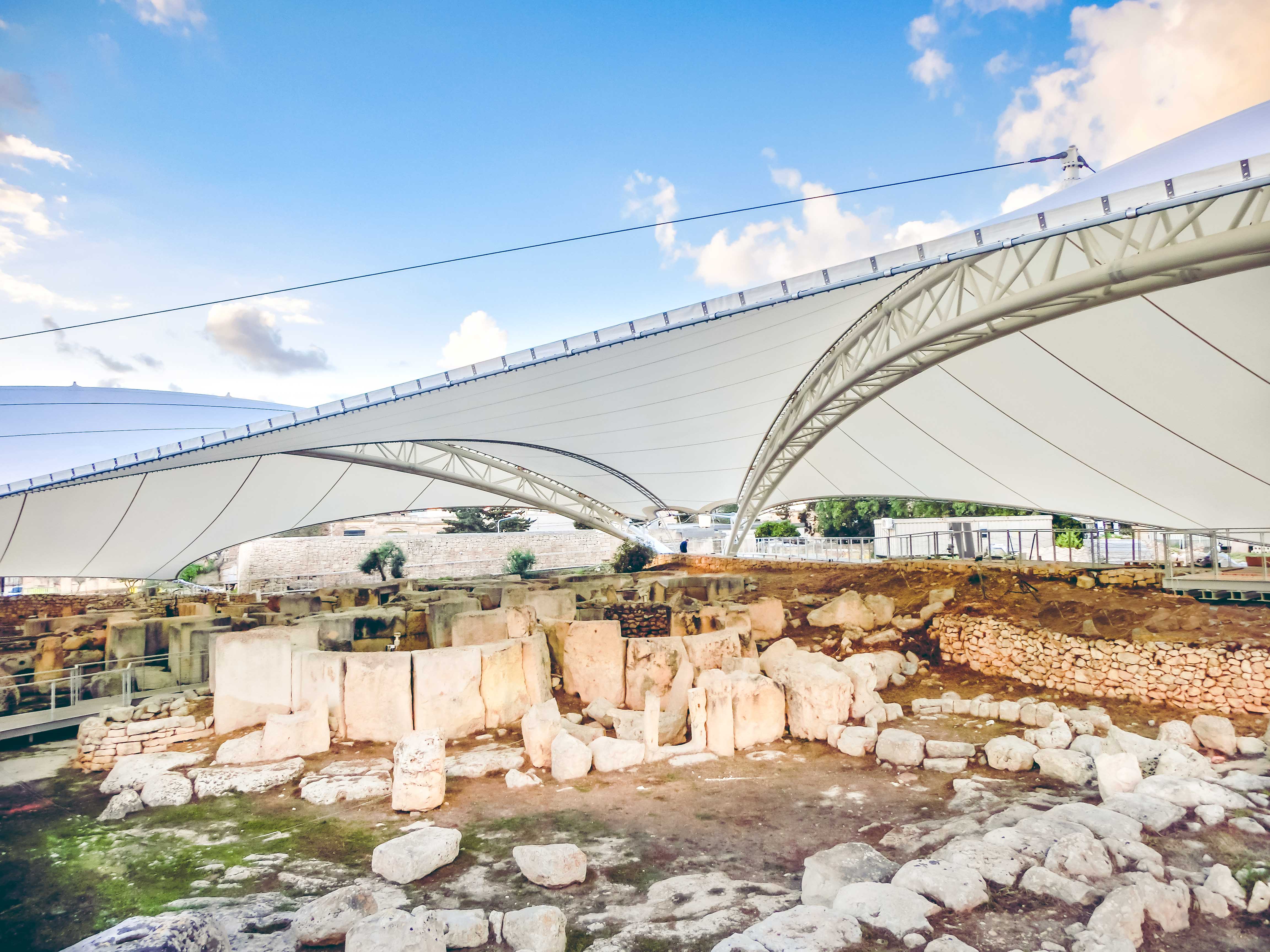
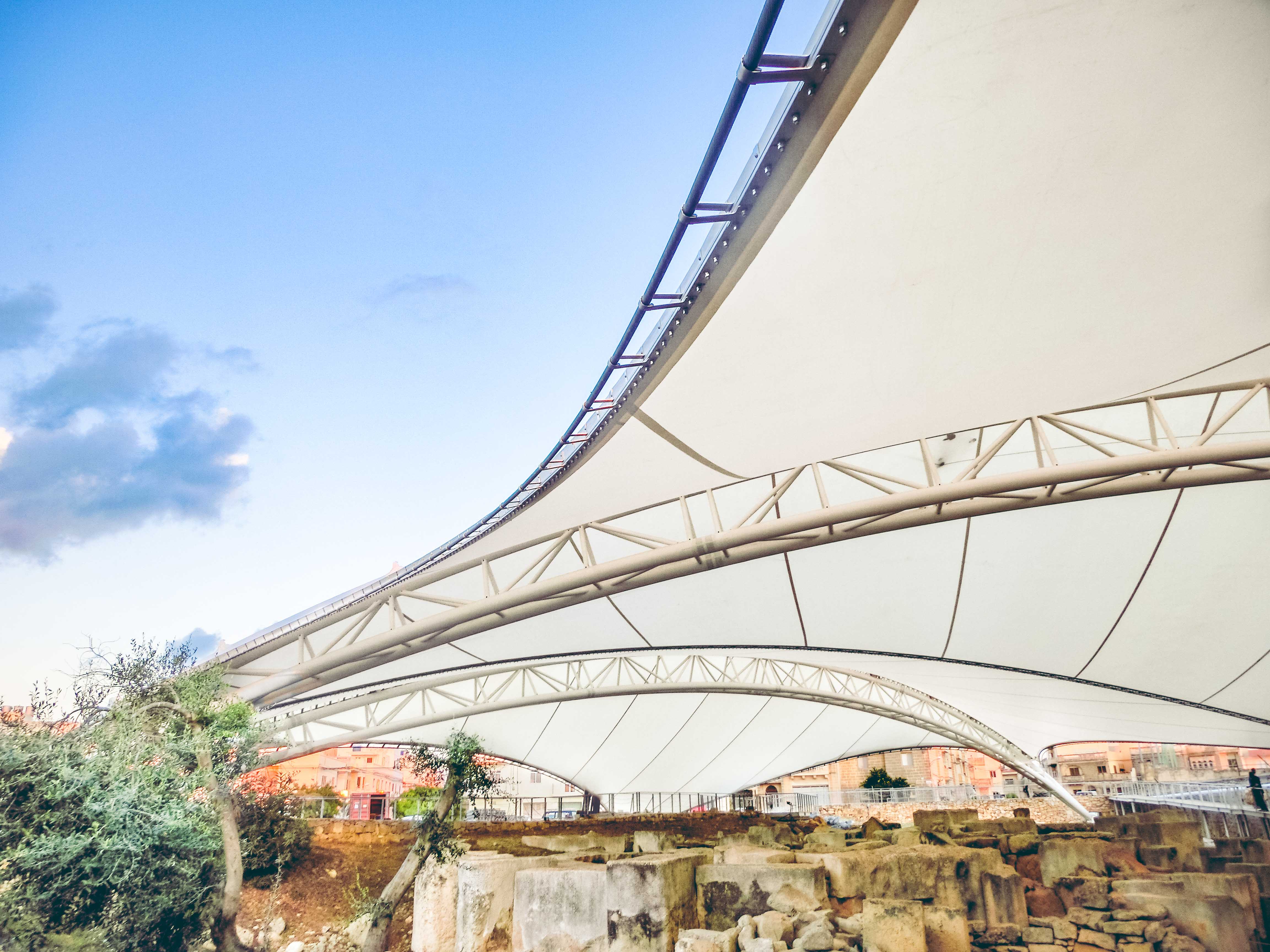
 TEXTILES.ORG
TEXTILES.ORG



